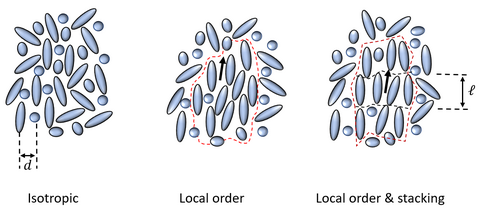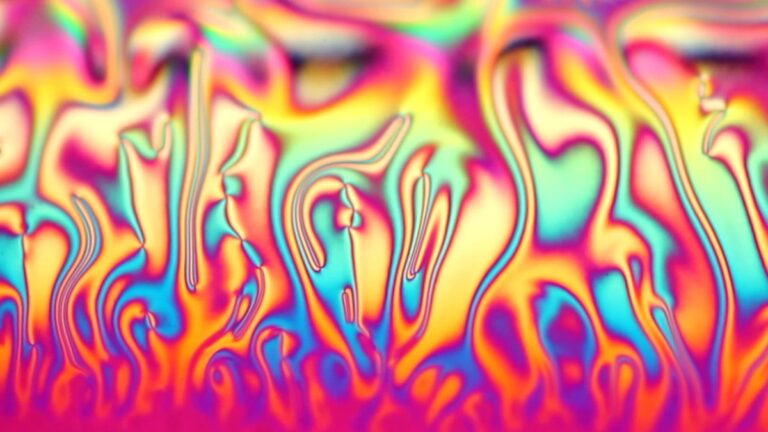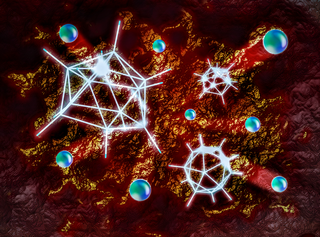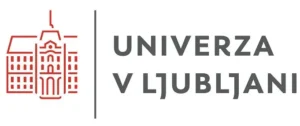News
Article in Journal of Apicultural Research
Assis. prof. Anton Gradišek and colleagues published a paper Bumble bee nest thermoregulation: a field study in Journal of Apicultural Research. They studied six bumblebee colonies of different species using a home-made setup. The study focused on the nest thermoregulation, which is important in order for the larvae to develop properly. They identified some thermoregulation strategies that have not previously been reported in bumblebees.

Article in Scientific Reports
Assistant Professor Anton Gradišek and Professor Tomaž Apih, together with colleagues from Lisbon, Portugal, published a study Observing short-range orientational order in small-molecule liquidsin the journal Scientific Reports. The authors address a phenomenon that has been known for decades in the scientific community, but never systematically addressed. In the isotropic phase of liquid crystals, far from the clearing point, we can still observe short-lived clusters with local ordering. The same phenomenon was observed also in liquids that do not even form a liquid crystalline phase. The analysis was conducted with the use of NMR relaxometry and X-ray diffraction. The findings are important in view of understanding the crystallization process.
Article in Small
Jampani Venkata Subba Rao, PhD from the Department of Condensed Matter Physics F5 and colleagues from Luxembourg have published in Small the article Continuous Flow Microfluidic Production of Arbitrarily Long Tubular Liquid Crystal Elastomer Peristaltic Pump Actuators.
Liquid crystal elastomers (LCE) are produced using glass-based microfluidics tools in tube geometry. The key innovation is generating arbitrary long-aligned LCE tubes through shear flow and showing the peristaltic actuation mechanism using local heating. Such tubes are the potential to generate active synthetic vasculature in biological contexts.

Article in Nature Communications
Turbulent flows in active nematic liquid crystals lead to spontaneous topological defect creation. Researchers Maruša Mur, Žiga Kos, Miha Ravnik and Igor Muševič from the Department of Condensed Matter Physics at the Jožef Stefan Institute and Faculty of Mathematics and Physics at the University of Ljubljana have published a paper in Nature Communications, titled Continuous generation of topological defects in a passively driven nematic liquid crystal, where they study a similar behavior in a passively driven system. Here, the flow is driven by a concentration gradient of small organic molecules added into a thin film of a nematic liquid crystal. Counter-rotating vortex rolls are generated in the film. Above a velocity threshold the flow transitions from a laminar into a turbulent regime, where topological defects start forming continuously. In the paper authors support their experimental findings by numerical simulations. The work describes one of the few mechanisms of topological defect creation in soft matter.

Article in Sustainable Energy Fuels
Assistant Professor Anton Gradišek, PhD from the Department of Condensed Matter Physics F5 and colleagues from Australia have published in Sustainable Energy Fuels the article Hydrated lithium nido-boranes for solid–liquid hybrid batteries.
Hydridoborate salts are considered as promising solid-state electrolyte candidates for the development of solid-state batteries (SSBs). The presence of coordinated water in the crystal structure may facilitate the migration of the cation, yielding compounds with high ionic conductivity. In the present study, two samples of hydrated LiB11H14, here called LiB11H14·2H2O and a-LiB11H14·(H2O)n (n < 2), demonstrate remarkably different properties as solid-state electrolytes. Using a series of analytical methods, we studied these two materials as possible candidates for solid-liquid hybrid batteries.
